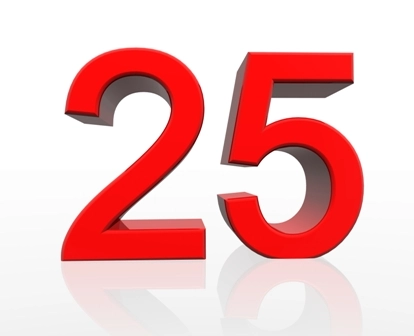Use These Straight-From-the-Source Examples of Modifier 25 Rules

These scenarios show you when to use modifier 25—and when to avoid it.
We’ve all heard anecdotal evidence about how to appropriately use modifier 25 and when it should be avoided, but in many cases, the information we hear from an office manager can differ from the advice we hear at a coding seminar.
But there’s one surefire way to quell that coding confusion—simply go back to the original guidelines when determining when to use modifier 25 (Significant, separately identifiable evaluation and management service by the same physician or other qualified healthcare professional on the same day of the procedure or other service) and when to leave it off of your claim. The following tips—straight from the official sources—can help guide you to modifier 25 bliss.
Start With These Shining Examples
Most practices know that modifier 25 applies when they perform a minor procedure along with a significant, separately identifiable E/M service. But determining when you meet those criteria can be tricky. Part B payer Palmetto GBA published the article “CPT® Modifier 25,” which includes the following example of the appropriate use of modifier 25:
“An E/M service is submitted with CPT® code 99213. The patient was evaluated for treatment of neck pain and elevated blood pressure. Trigger point injections were administered for neck pain. New meds were prescribed to control the patient’s elevated blood pressure. Outcome: Submit CPT® modifier 25 with the visit for the evaluation and treatment of the patient’s elevated blood pressure along with CPT® code 20553 for the injections.”
Second example: CMS Transmittal 2282, dated August 26, 2011, offers this separate scenario that warrants the use of modifier 25:
“An example of a billable hospital observation service on the same day as a procedure is when a physician repairs a laceration of the scalp in the emergency department for a patient with a head injury and then subsequently orders hospital outpatient observation services for that patient. The physician would bill the observation code with a CPT® modifier 25 and the procedure code.”
Bust this myth: If you think you can override any and all NCCI edits with modifier 25, think again. Consider these quick tips from Part B MAC Palmetto GBA’s Modifier 25 fact sheet:
Avoid These Issues
Looking for examples of what not to do when it comes to modifier 25? The May 2012 issue of CPT® Assistant includes this example of when not to report the E/M service with modifier 25:
“A patient complained of left knee pain. At a previous visit, the physician evaluated the knee, ordered a prescription of a nonsteroidal anti-inflammatory drug and scheduled a follow-up visit in two weeks later for performance of an arthrocentesis if not improved. The patient returned, wherein the physician performed an arthrocentesis and injection of the left knee joint and scheduled a follow-up visit for one month later.” It would not be appropriate to report the E/M service at the two-week follow-up visit because the focus of the visit was related to the performance of an arthrocentesis. Only code 20610 for the arthrocentesis would be reported.”
Second example: According to Part B payer Palmetto GBA’s article “CPT® Modifier 25,” this example shows the inappropriate use of modifier 25:
“On January 24, 2011, an E/M service is submitted with CPT® code 99213 and CPT® modifier 25. During the same patient encounter, the physician also debrides the skin and subcutaneous tissues (CPT® code 11042, 0 global days). CPT® 99213 was submitted to reflect the physician’s time, examination and decision making related to determining the need for skin debridement. The physician’s time was not significant and separately identifiable from the usual work associated with the surgery, and no other conditions were addressed during the encounter.
Outcome: Do not submit the E/M service. The E/M service is not separately reimbursable from the surgical procedure. Submit only the surgical procedure (CPT® code 11042).”
Bust this myth: If your practice uses the “We avoid modifier 25 unless we have separate diagnoses” rule, it’s time to update your policies. Although this is a common misconception, Part B MAC WPS Medicare offers the following list of “rules” you should avoid using:
“The following statements are false,” WPS states on its website:

